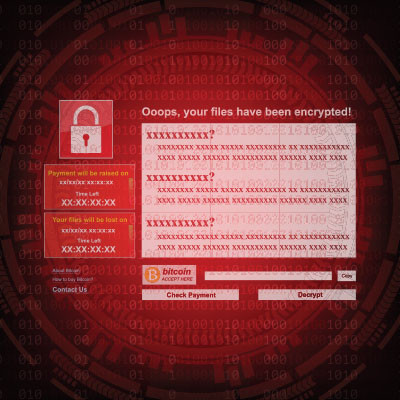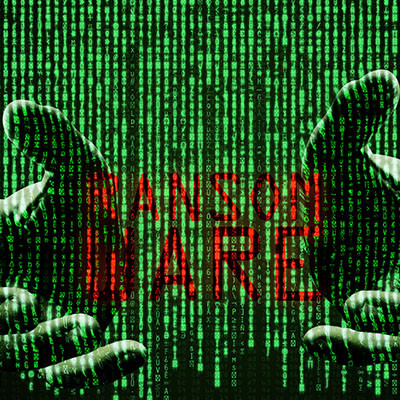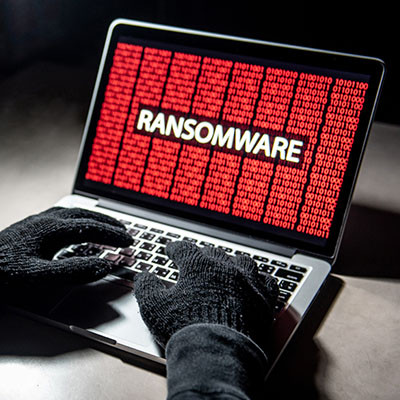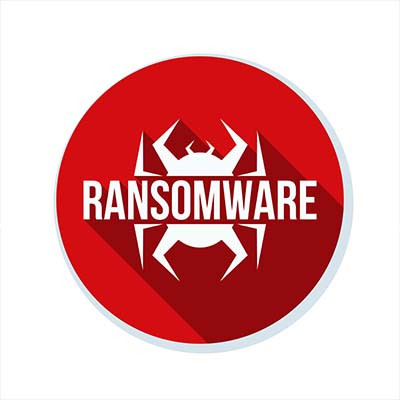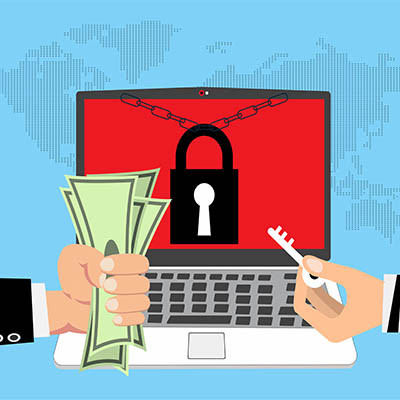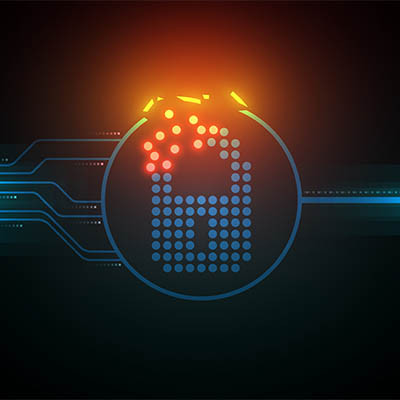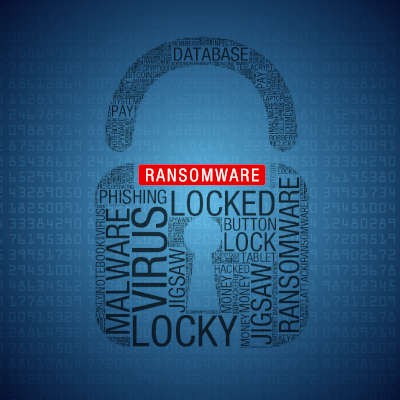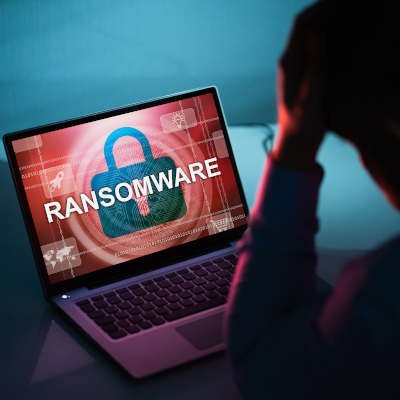Following the heinous attacks that caused the Twin Towers to fall in New York on September 11, 2001, you heard about terrorism every single day for years. The “War on Terror” waged for over a decade toppled multiple governments and set a precedent that terrorists will be relentlessly pursued. While there have been a few massive terrorist events that have shocked the world in the subsequent years after 9/11, cyberspace has become one of the biggest battlegrounds. Today, we’ll briefly discuss the rise of cyberterrorism.

- Home
- About Us
- IT Services
- Understanding IT
- Understanding Shadow IT
- Understanding Your Virtual Identity
- Understanding the Modern Office
- IT Threat Glossary
- Understanding Business Continuity
- Windows Server 2003: End of Life
- Understanding the Internet of Things
- Understanding Network Security
- Understanding SOX
- Understanding BYOD
- Understanding PCI DSS
- Windows XP End of Life
- Understanding HIPAA
- Cloud Computing
- News & Events
- Blog
- Support
- Contact Us
- Register
- Login
Texas Professional IT Services LLC Blog
News flash: just because you’re a smaller business doesn’t mean you’re a smaller target for cyberattacks. You’re not immune, and you can certainly fall prey to the unfortunate reality of the modern cyberthreat landscape. If anything, small businesses are the perfect target, and we’ll explain why.
As business computing goes, ransomware poses the most significant threat. That’s why it’s imperative for organizations to proactively address this menace head-on. Today, we propose a comprehensive three-part strategy that can help your organization sidestep ransomware.
While many businesses are actively formulating operational plans and marketing budgets, it's imperative to acknowledge the significant challenges that could lead to substantial losses and extensive expenses if proactive measures aren't taken.
Ransomware is a real problem; I mean, a real problem. Not only does it create serious problems for any organization that is victimized by it, it is about to be a completely pervasive problem for everyone. It is extremely important for your organization to take the threat of ransomware seriously by implementing a strategy to keep it from being an issue. Today, we offer a three-pronged approach to doing just that.
Cybercriminals aren’t looking to play fair against businesses. They don’t care how big or small you are, they don’t care about what services you provide, or what good you offer for the community. You could be a children’s hospital or a single mother selling homemade mittens out of your dining room, you could be a school, an assisted living facility, or a Fortune 500. Either way, your organization is an equally viable target for cybercriminals.
Just like any other business that takes some time to get to know a new client, a new type of ransomware can take up to two weeks to map a network before it goes in for the kill. This threat from a group called Zeppelin has the potential to be a major threat actor in the ransomware space.
Ransomware is never a good thing, but for some, it can be worse than it is for others. Take educational institutions, for instance—they’ve become a favorite target for cybercriminals to take advantage of, unfortunately successfully. Many resort to paying up, something that we’d never recommend.
You can’t check the news without seeing the word “ransomware” plastered across the screen. It’s a major threat for businesses in just about any industry and of any size. In order to keep your business safe both now and into the future, you’ll have to implement adequate security measures that can put a stop to these types of threats. Of course, it’s easier said than done, especially when certain data is more likely to be targeted than others.
Ransomware is perhaps one of the most difficult types of malware to handle, and it has enabled cyber-extortion to flourish over the past several years. As a business owner, you need to know what ransomware is, how it should be addressed, and how to protect against it.
Ransomware is a top threat, and it’s definitely not going anywhere anytime soon. To help you best combat it, let’s take a look at what you can do to keep ransomware from disrupting your organization and its operations. We’ll provide a brief overview of what ransomware is and what you can do to take the fight to it.
If you look at all of the security-related headlines from the past year, what do you think the biggest trend is? Perhaps it was the plethora of large-scale ransomware campaigns that struck both individuals and businesses in spades. Even now, ransomware continues to make headlines by changing its tactics, with one of the more recent ones being in regards to fake ransomware.
Despite most security professionals advocating against making ransomware payments, according to a study by Mimecast titled “The State of Ransomware Readiness,” the United States has the highest average payment for ransomware out of the entire world at more than $6 million per victim. This number is shockingly high, as is the amount of people who are still paying the ransom.
Ransomware has taken over the security industry, as we are sure you have seen from the endless headlines associated with it. All business owners must remain cognizant of the dangers that ransomware represents. A new study has found that organizations infected by ransomware that wind up paying the ransom are not necessarily better off--in fact, paying the ransom could have disastrous consequences.
Cyberattacks are spending less time on their victims’ networks before they are discovered, which sounds like good news, but the reality isn’t so straightforward. Let’s take a few moments and dig into the situation at hand, and what it means for your cybersecurity.
During this time of year, many people like to sit back and reminisce upon favorite stories from the past. We figured we’d join in the fun by reimagining what many argue to be a holiday classic: Die Hard.
Let’s take a few moments to consider how the story might play out if the action were to take place today…
We haven’t exactly been shy about sharing our recommendation that a ransomware demand should never be met with payment, but there is now an even more impactful reason not to. This deterrent comes courtesy of the United States Treasury Department, which has released a statement informing businesses of potential fines as retribution for doing so.
Chances are, you’ve heard the term “ransomware” before. If you’re familiar with this particularly nasty bit of malware, the rest of this blog will be a familiar review. If you’re new to the term, let’s introduce you to the mean-spirited cyberattack known as ransomware.
Ransomware has become infamous in the past few years, largely due to its involvement in a growing number of cyberattacks during this time. Of course, not all ransomware works in the same way, and recognizing the difference could prove to be useful. Therefore, we’ve taken a few moments and assembled a brief description of the four most common ransomware varieties.
Florida’s Atlantic coast is a destination for millions of visitors each year. One visitor is costing a coastal city a pretty penny. Riviera Beach, a small city just north of West Palm Beach, has been hit with a major ransomware attack. Today, we’ll tell you how it came to be that the small beach city would make dubious history by paying what is the largest ransomware payout in the short history of these attacks.




